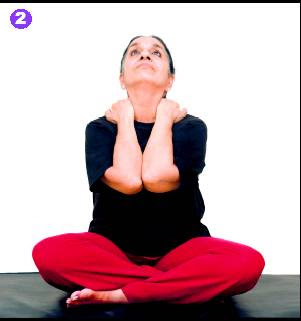Scientists claim to be a step closer to understanding mental illness after discovering a gene linked to depression in older men.
An international team, led by University of Western Australia, has pinpointed a polymorphic gene that determines the risk of depression in older men, the latest edition of the 'International Journal of Epidemiology' reported.

C-reactive protein (CRP) is a protein found in the blood in response to inflammation "The results of our study suggest that these genetic variations lead to a relative deficiency in an individual's ability to address the physiological changes that occur as a result of acute stressful events.
"This marks the first time researchers have shown that men who display a polymorphism on chromosome one've a greater chance of displaying depressive episodes," Professor Osvaldo Almeida, who led the team, said.
For the study, the scientists used the Australian electoral rolls from 1996 and 1998 to sample (randomly) 12,000 men, aged 65 and older, living in Perth, Western Australia. Of these men 3,700 consented to donate a blood sample for genetic analysis. Other health and lifestyle factors were collected.
Of these 4.9% of the sampled men showed clinically significant symptoms of depression. The study involved analysing the genetic makeup of 3,700 men aged 65 years or older.
"These findings allow us to better understand depression risk factors and therefore will equip us with improved treatment and management methods. "We already know that depression is prevalent amongst older Australians with an estimated 8% of older Australian adults suffering from depression at some point, making this a major public health problem.
"The next step is to use these findings to better manage the treatment of the depression and that's a real challenge," Prof Almeida said.







